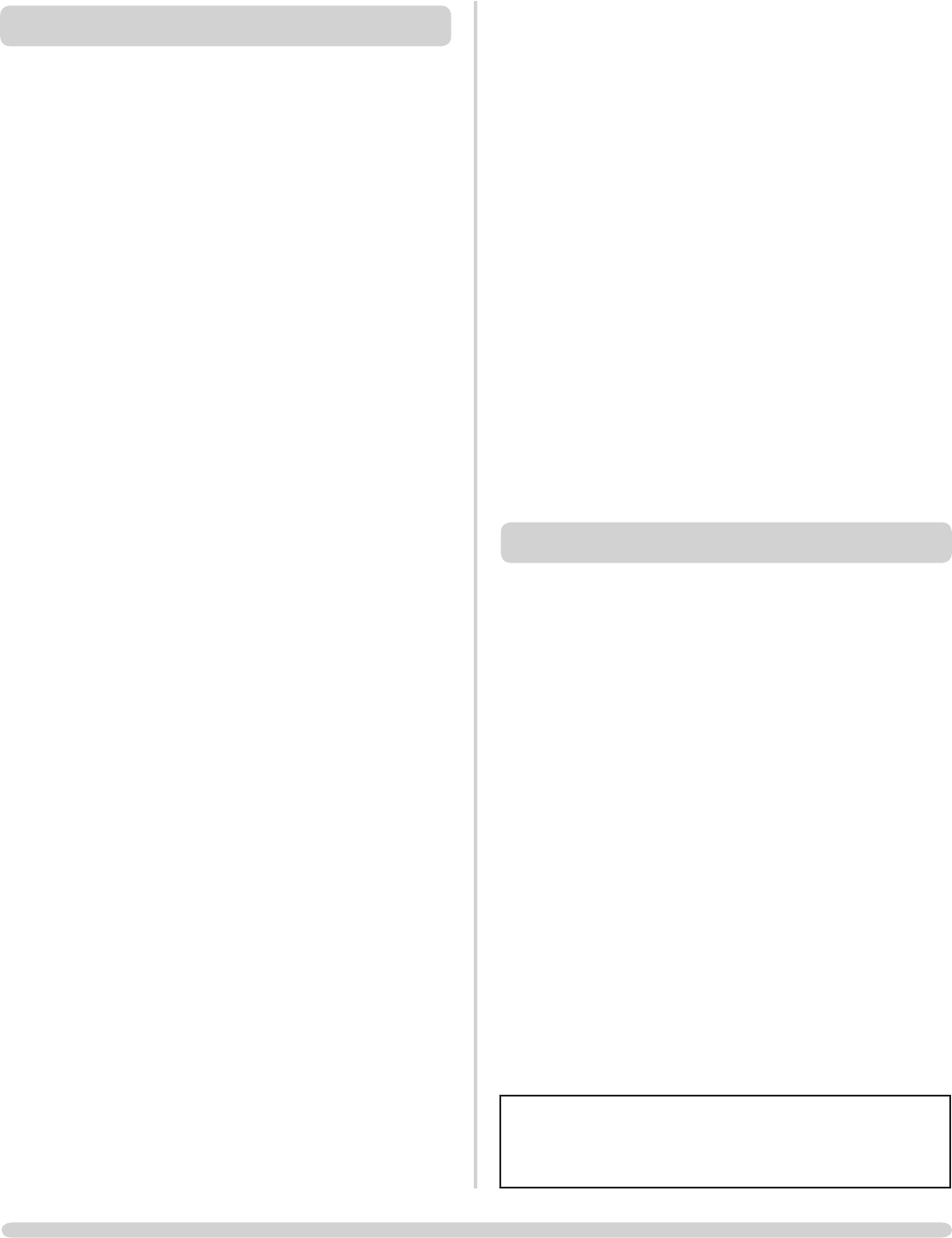
30
NOTE - THIS CONDENSATION IS NORMAL DURING
FILLING AND DOES NOT INDICATE A FAULTY OR
LEAKING STOVE.
NORMAL RUNNING
1.9 During normal running this condensation should be minimal
if the system is fitted with the low limit thermostat as
detailed in 1.22 (above). This low limit thermostat prevents
the system pump from running until the stove has reached
temperature.
SEASONAL USE
1.10 If this appliance is unused for lengthy periods of time it
should be periodically checked to ensure that condensation
is not building up within the stove.
NOTE – THIS CONDENSATION IS NORMAL AND DOES
NOT INDICATE A FAULTY OR LEAKING STOVE.
If the stove is going to be unused for very long periods of
time it is recommended to drain the system.
NOTE – Further information on solid fuel central heating
systems can be found in the HETAS engineers training
manual.
LINK UP SYSTEMS
For information on how to link solid fuel boilers to other
heating appliances see Information For Dual System Link
Up Methods (PM286). This can be obtained through Stovax.
Call (01392) 474011, email info@stovax.com or visit
www.stovax.com for details.
Always seek the advice of a competent person* before
linking another heating system to a solid fuel boiler.
HEATING SYSTEM CONTROLS
CONTROLS GENERAL
1.1 The controls fitted to the system will provide two functions:
— To control the comfort level in the house.
— To maintain safety in the event of misuse or mechanical
failure.
COMFORT CONTROLS
1.2 This primarily consists of a time clock wired into the pump.
The pump is switched on when heat is required and when
it is not, the pump is switched off.
The time clock, when combined with a room thermostat
and or thermostatic radiator valves, enhances the comfort
levels in the house.
Some room thermostats combine the function with the
time clock and can be programmed to reduce the room
temperature rather than turning the system off. This is
effective in not allowing the rooms to become too cold and
speeding up recovery time.
1.3 The hot water cylinder can also be fitted with a thermostatic
valve which turns off the flow when the cylinder has
reached the desired temperature but the heat leak radiator
will have to be bigger to cope with the extra load when the
tank is isolated.
SAFETY CONTROLS
1.4 This primarily consists of a high limit thermostat fitted to
the gravity flow pipe set at 80˚C, this thermostat should be
connected to the pump so that the pump is turned on if
the temperature exceeds 80˚C. This will prevent accidental
boiling in the gravity circuit.
1.5 It is also recommended to fit a low limit thermostat on the
central heating return set at 45˚C, this thermostat will turn
the pump off if the return temperature falls below 45˚C.
This will prevent corrosion and condensation within the
stove.
CONDENSATION
1.6 When filling the boiler with water for the first time, the cold
water entering the water jacket can cause condensation to
form on the surfaces of the appliance (inside and outside).
1.7 In certain conditions this condensation could result in a
considerable amount of water, in some cases enough to fill
the bottom of the appliance. This could be even worse if
the house has recently been re-decorated, wet plastered or
any other work has been undertaken which could result in
high humidity.
1.8 Precautions must be taken to ensure that this build up of
condensate does not overflow from the appliance onto any
surrounding fabric of the room e.g. carpets.
In the U.K.
* Registered on the Competent Persons Scheme (GB only)
see page 35 / INFO (Republic of Ireland).


















